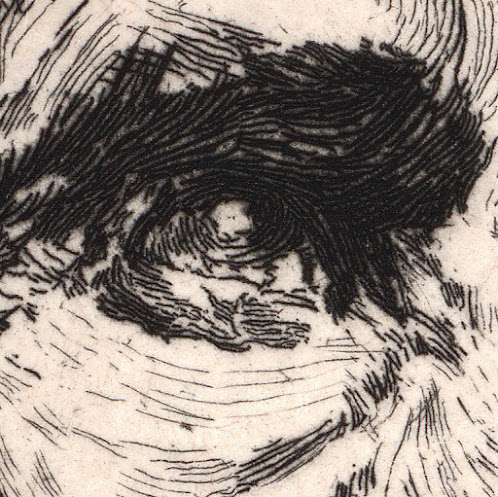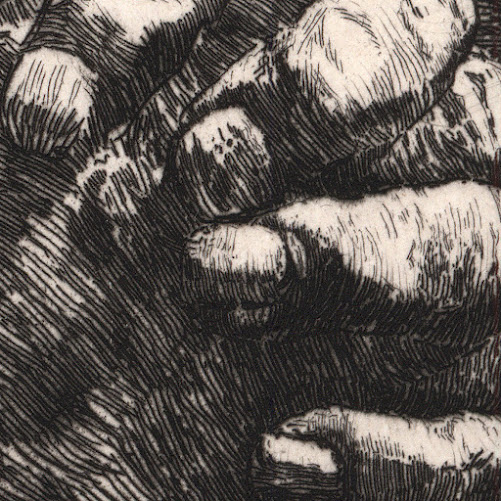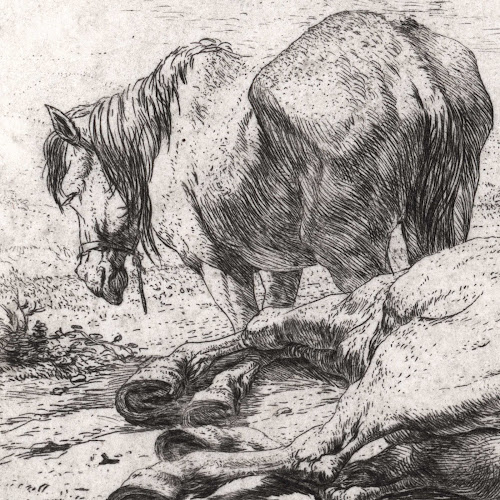Philips
Galle (Philippus Gallaeus; Philippe Galle)
(1537–1612)
“Daniel Refuses
to Worship Bel”, 1565, the first plate from the series of 10 plates, “The story
of Daniel, Bel and the Dragon” (New Hollstein 226–235) after the design
by Maarten van Heemskerck (aka
Martin Heemskerk; Maarten van Veen) (1498–1574)—a related drawing is in the
collection of the Rijksmuseum—initially published in Antwerp by Hieronymus
Cock (aka Jérome Cock) (c1517/18–1570) and later (as is the case with
this impression) by Theodoor Galle (aka Theodor Galle; Dirck
Galle) (1571–1633).
Engraving on
fine laid paper trimmed along the platemark and backed with a support sheet
providing wide margins.
Size: (sheet)
20.6 x 25.2cm; (image borderline) 19.8 x 25cm.
Inscribed in
plate along the lower edge: (left) “Martinus van heemskerck/ inuentor/
Theodorus Galle excudeba”; (centre) “Daniel
Regi suo Cijro declara se simulachra manufacta non coler” (Daniel declared to
his king Cyrus that he would not worship man-made images); (right) “.1.”.
New Hollstein 93
(Manfred Sellink & Marjolein Leesberg [comp.] 2001, “Dutch and Flemish
Etchings, Engravings and Woodcuts ca. 1450–1700: Philips Galle”, Rotterdam,
Sound and Vision, cat. no. 93).
The Rijksmuseum
offers the following description of this print: (transl.) “King Cyrus accuses
Daniel of not honouring the god Bel. He asks his priests to prove that Bel does
indeed eat the food that is laid out for him every night. In front of the
throne, two jesters are playing on the ground. On the right are the priests, on
the left is Daniel, who points to the temple of Bel.” (https://id.rijksmuseum.nl/200384738).
See also the
description of this print offered by the British Museum: https://www.britishmuseum.org/collection/object/P_D-5-85
(inv. D,5.85).
Condition: a
strong and well-printed (near faultless) impression trimmed along the platemark
and laid upon a support of archival (millennium quality) washi paper providing
wide margins. The sheet is in a near pristine condition for its considerable
age with no tears, holes, folds, abrasions or stains.
Note that an
earlier backing sheet supporting this impression (since replaced) had the
collector’s stamp of the Veste
Coburg (Castle of Coburg) collection.
Based on information about this stamp offered by the British Museum (see https://www.britishmuseum.org/collection/term/BIOG180134),
I understand that this particular print was sold at the C G Boerner's auction
of 10 May 1929.
I am selling
this marvellously strong impression for the total cost of AU $343 (currently US
$213.11/ EUR 204.78/ GBP 169.77 at the time of posting this listing) including
Express Mail (EMS) postage and handling to anywhere in the world, but not (of
course) any import duties/taxes imposed by some countries. Note that payment is
in Australian dollars (AU $343) as this is my currency.
If you are
interested in purchasing this remarkably fine engraving, please contact me
(oz_jim@printsandprinciples.com) and I will send you a PayPal invoice to make
the payment easy.
This print has been sold























































